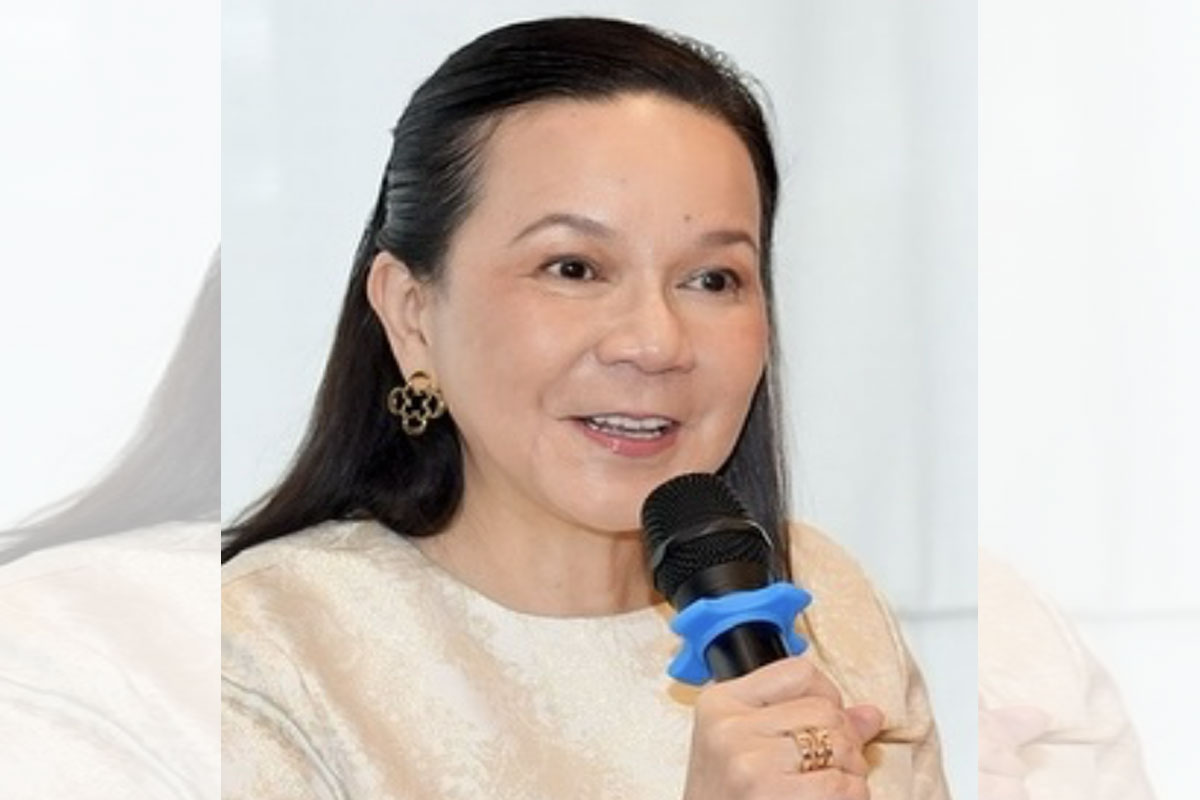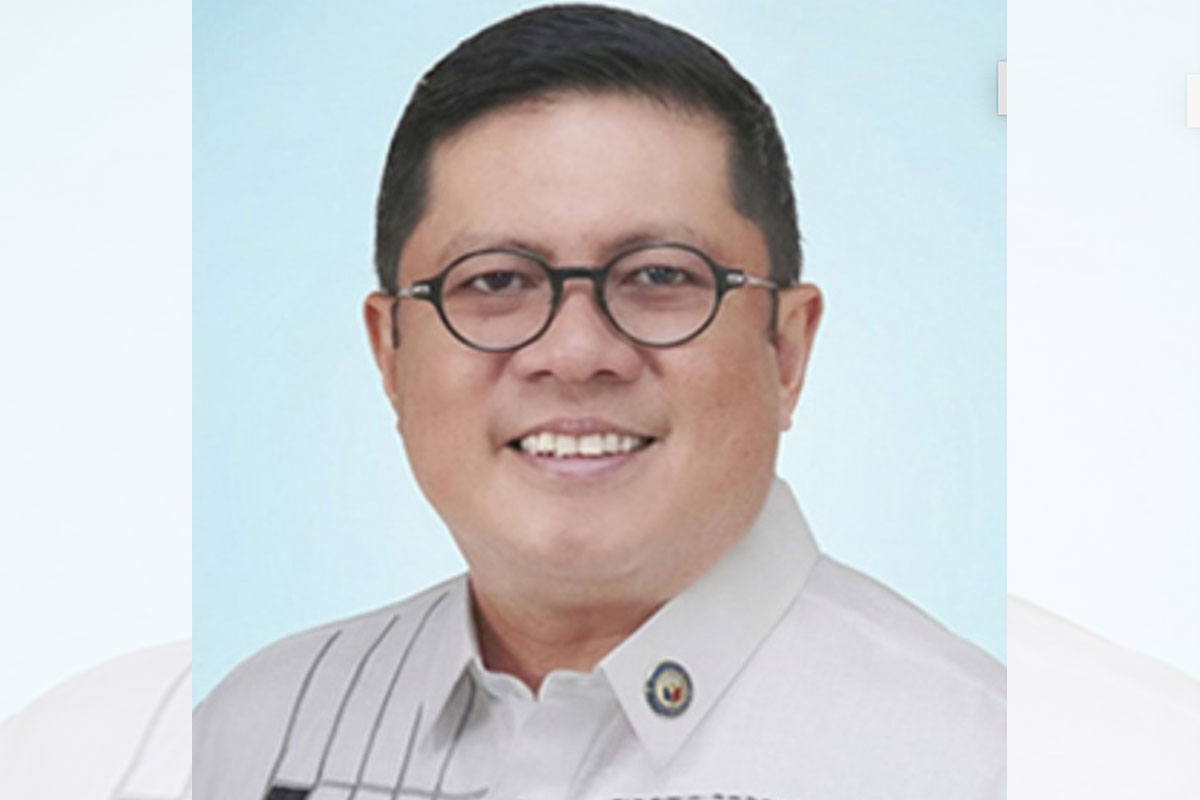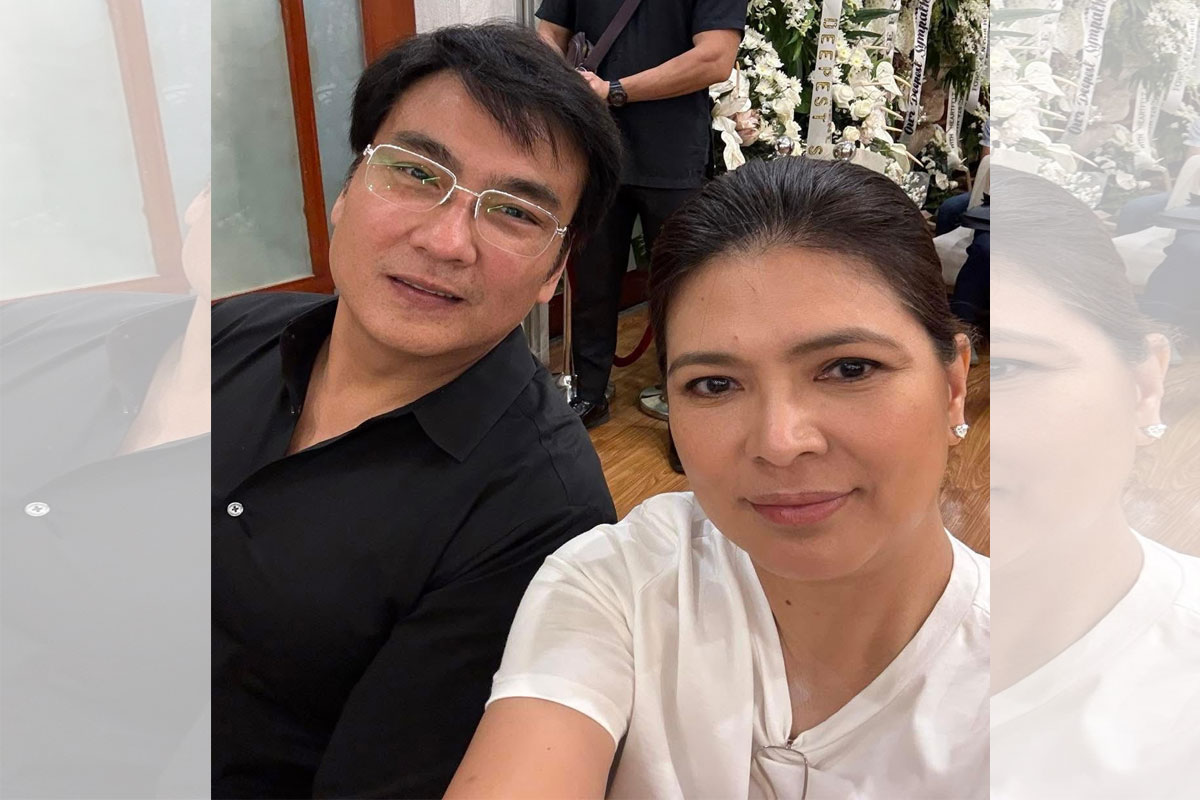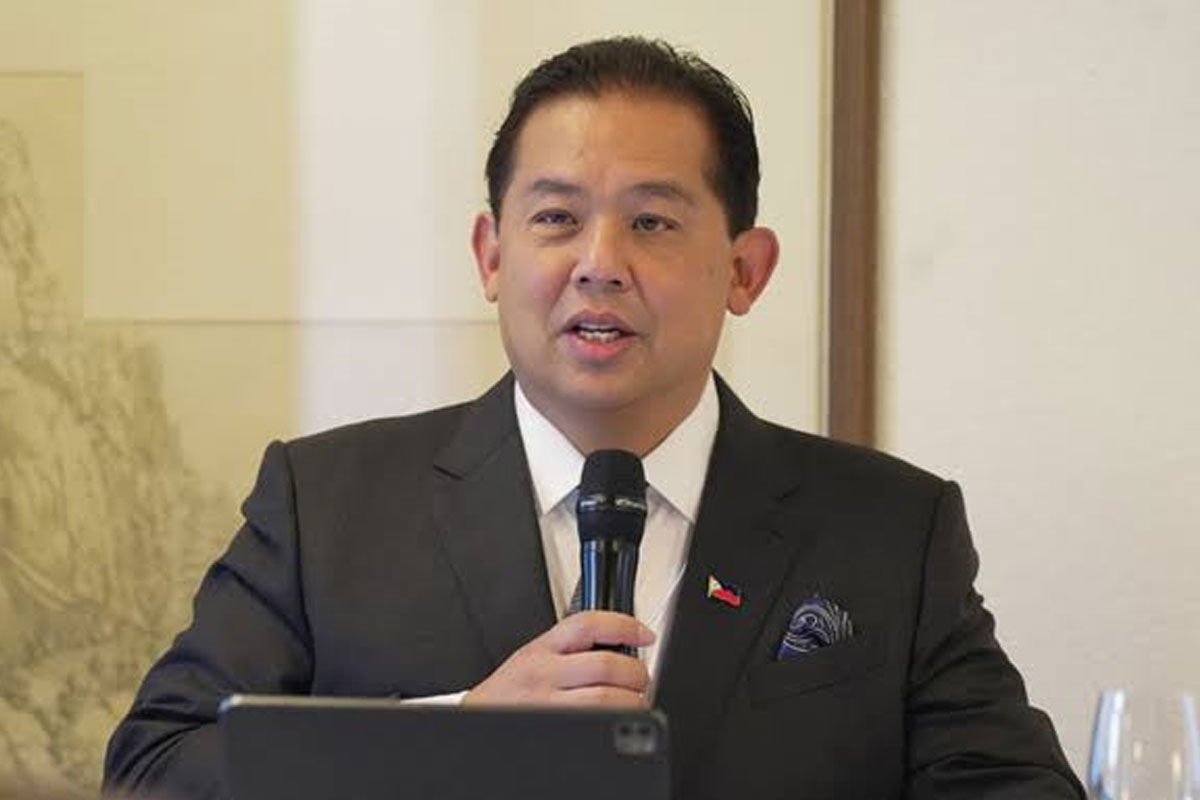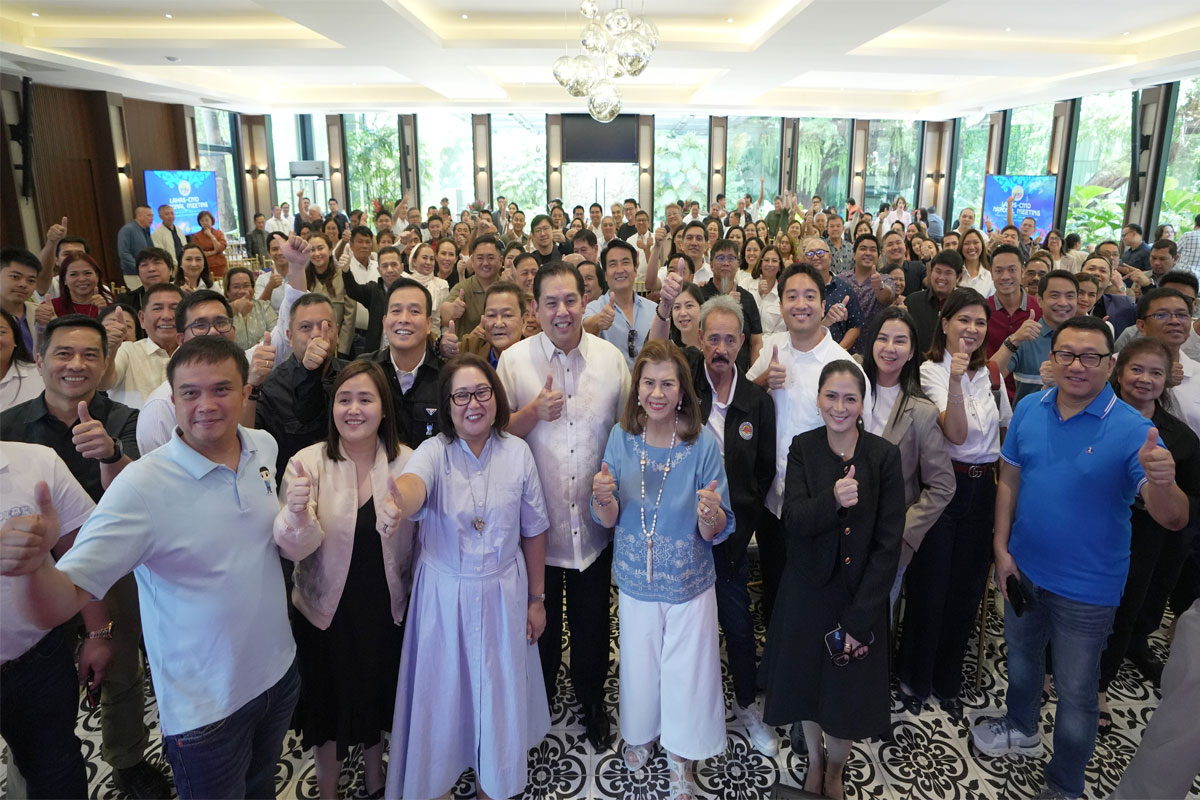
BAWAL MAGKASAKIT: Patibayin ang ating kalusugan
WHAT does the future of health look like through the eyes of the poor and the youth?
Even though government health schemes accounted for the biggest chunk of health spending in the country, Filipinos still accounted for second largest contributors with out-of-pocket expenses.
Only 5.6% or about P325. 4 billion of the P5. 78 trillion proposed 2024 national budget will go to the health sector, and even a smaller percentage to direct health services and expansion of health system capacities. Meanwhile, the social health insurance program through PhilHealth gets a 1.7% increase.
“Health spending financed through government schemes and compulsory contributory health care financing schemes was the largest among sources of health financing in the country in 2021,” the Philippine Statistics Authority ( PSA ) reported.
In general, there are four main sources of financing: (1) national and local government, (2) insurance (government and private), (3) user fees/out of pocket and (4) donors.
Health spending through the government amounted to P546.64 billion or 50.3 percent of CHE.
However, household-out-of-pocket payment (OOP) came second at P451 billion or 41.5 percent, followed by voluntary health care payment schemes which contributed P89.35 billion or 8.2 percent.
This is one of the reasons lawmakers have pushed for full implementation of universal health care, 4 years after passage of the UHC law.
In terms of income quintiles, health spending of the fifth quintile (top quintile) was the highest at P379.76 billion or 34.9 percent share.
In 2022, the total current health expenditures in the Philippines amounted to about 1.12 trillion Philippine pesos, marking a slight decrease compared to the previous year.
The budget cut in DOH this year was due to supposed P10-billion cut in the proposed P5.768-trillion national budget of the DOH for 2024.
DBM also explained that some adjustments were made to DOH’s proposed budget for the necessary increase to its Health Facilities Enhancement Program (HFEP) and Medical Assistance for Indigent Patients (MAIP), among others.
An average hospital stay could set you back at P2,500 a night for private hospitals while ICU stays could cost P30,000 a night. It’s important to note that these do not include doctors’ fees, laboratory fees, medicine, and other incidental costs.
Poorest Pinoys : Bawal Magkasakit
PSA data showed that the poorest quintile or poorest Filipinos spent a total of P190.43 billion or 17.5 percent of total health spending in the country. PSA said the country’s health spending or Current Health Expenditure (CHE) reached P1.09 trillion in 2021—or 18.5 percent higher than the P917.15 billion posted in 2020.
This increment was faster than the 12.8 percent growth registered in the previous year. Meanwhile, Gross Health Capital Formation Expenditure (HK) amounted to P71.15 billion in 2021, a contraction of 19.6 percent compared with P88.54 billion reported in 2020.
The Total Health Expenditure (THE), which comprised CHE or 93.9 percent and HK or 6.1 percent, recorded P1.16 trillion in 2021. It grew by 15.2 percent from P1.01 trillion recorded in 2020.
“The share of THE to the Gross Domestic Product [GDP] at current prices was 6 percent in 2021,” PSA said in a statement.
Well , according to the Philippine Statistics Authority (PSA), every Filipino spent nearly P10,000 a year for health-related goods and services in 2021. PSA said, on average, every Filipino spent P9,839.23 for health in 2021. This is 17 percent higher than the P8,411.52 per capita health spending recorded in 2020.
Preventive health : most important measure
Overall from 2015 to 2021, CHD ranked as the number one cause of death and disability in the Philippines. CHD is also one of the most common non-communicable diseases (NCD) affecting patients worldwide.
According to a survey between July 2021 and June 2022, 38.6 percent of adults aged 20 and 59 in the Philippines were diagnosed as obese or overweight.
Obesity increases the risk for severe diseases and health conditions such as hypertension, stroke, and type 2 diabetes.Diabetes leading to chronic kidney failure necessitating dialysis is the number 4 killer disease in the country. We need to adapt the Blue Zone template. Blue zone areas are geographical places where people live longer- 90 to 100 years old ( Okinawa , Japan , Ikaria in Greece , Nikoya Peninsula in Costa Rica , Lima Linda in California , and Sardinia in Italy ) The diet is mostly plant-based. The daily food intake of people living in Blue Zones is about 95% vegetables, fruits, grains, and legumes.They do not eat much meat, dairy, sugary foods or drinks, and processed food. Food is not the only reason that people in Blue Zones live long, healthy lives. They move naturally and they have a higher sense of purpose ( plan de Vida in Costa Rica or Ikigai in Japan )
How does diabetes affect the kidneys?
Poorly controlled blood sugar slowly weakens and damages the blood vessels in the kidneys over time. This condition can lead to kidney disease. As more kidney tissues are damaged, it can result in kidney failure. PNoy died of CKD due to DM type 2.
We are facing an epidemic of noncommunicable diseases eg CAD, strokes , cancers , diabetes with CKD on dialysis , COPD etc.
WARNING AGAINST VAPES: New tobacco craze
The danger with vape products is the misconception that they are not harmful, especially in comparison to cigarettes.
Dr. Tony Leachon, Sin Tax Advocate and former Department of Health Advisor, said that accessibility through online marketplaces and appealing flavors unnecessarily expose our Filipino youth to the health harms caused by vape products.
“Akala mo kasi ay hindi harmful dahil pinosition itong vape na parang set down therapy sa paninigarilyo or harm reduction, ito ang naging marketing ng vape (You thought it wasn’t harmful because vape was positioned as a smoking cessation or harm reduction therapy, that became the marketing strategy for vape),” the expert said.
Dr Leachon raised alarms about leading tobacco companies to shift their focus to the vape business.
Despite the perception that vapes are less harmful, he pointed out that they contain harmful.
DOH infrastructures
The Department of Health (DOH) aims to build 28 primary care facilities across the country by 2028 to improve healthcare access for millions of Filipinos. To be called National Ambulatory and Urgent Care Facilities, he said these health hubs would be spread out in “strategic parts” of the country to be able to reach out to communities lacking healthcare establishments.
Health Secretary Ted Herbosa said that the planned National Ambulatory and Urgent Care Facilities will target 28 million poor Filipinos. “We will create these modern facilities for the poorest. It’s very important to focus on primary care, and our idea is to decongest large public hospitals,” Herbosa said
He noted these health facilities are expected to be built within compounds of state colleges and universities with medical schools.
“This is the pivot of the DOH: bringing primary healthcare closer to our citizens,” he added. Sec. Herbosa anticipates the opening of five fully operational primary health facilities within the year.
He is also suggesting the use of container vans as temporary primary health hubs while awaiting the completion of permanent facilities.
The provision of universal health care was one of the top priorities of Herbosa’s leadership.
The DOH must do parallel measures since the health centers ( 28 , 28 for 2028 ) will take time while people are 500,000 people die yearly from NCDs or 1,500 patients die on a daily basis.
What are we going to do to arrest this horrendous mortality rate with sense of urgency ?
I strongly suggest the following measures :
1. Higher sin taxes for tobacco and alcohol
2. Ban vape products in public places and malls ; transfer from @DtiPhilippines to @FDAPhilippines the regulatory monitoring and policy making
3. Address the Obesity epidemic – food labeling , calorie counter , build parks , bike lanes
4. Insert preventive health education into the @DepEd_PH , @PhCHED curriculum through an executive order
5. Workplace wellness programs should be mandated
6. Mobilize @DILGPhilippines to execute the health programs with Bataan as model province ( @BlueZones program )
7. Declare NCD as an epidemic and convene a summit with medical community etc leading a coalition of stakeholders
God bless our national and health leaders during this time where are our leaders are at war in terms of their political ideologies. The people will suffer with their disunity.
We know that execution is a problem in our country . It’s a downstream approach which is good to build infrastructures for the future ..but we need sense of urgency on the upstream side to reduce smoking , vaping, obesity , high caloric food, sugars , salts , lack of exercise – preventive health is the most powerful measure.
Lots of heart attacks , strokes , cancers , diabetes requiring dialysis , COPD .. especially among the young and the poor. We can’t allow these poor and vulnerable to suffer further.
I don’t want to rain the parade.
I welcome DOH blueprint but it remains to be seen.
We advocate a stratified model of accountability in which the professional model guides the physician-patient relationship, the political model operates within managed care plans and other integrated health delivery networks, and the economic and political models operate in the relations between managed care plans and other groups such as employers, government, and professional associations.
People empowerment
The word doctor comes from the Latin word “ docere “ which means to teach. The goal of teaching should not be to help the students , residents and fellows learn how to memorize and spit out information under academic pressure. 🧠
The purpose of teaching and education is to inspire the desire for learning in them and make them able to think, understand, and question.
Every Filipino citizen should be educated , engaged , and empowered about self care and good health. He should be accountable for his health habits and behavior enhanced by good healthy environment and strong policies.
I quote :
“When we are no longer able to change a situation, we are challenged to change ourselves.” — Viktor Frankl
###
Anthony C. Leachon, M. D.
Independent Health Reform Advocate
Past President ,
Philippine College of Physicians
Department of Internal Medicine
Manila Doctors Hospital



